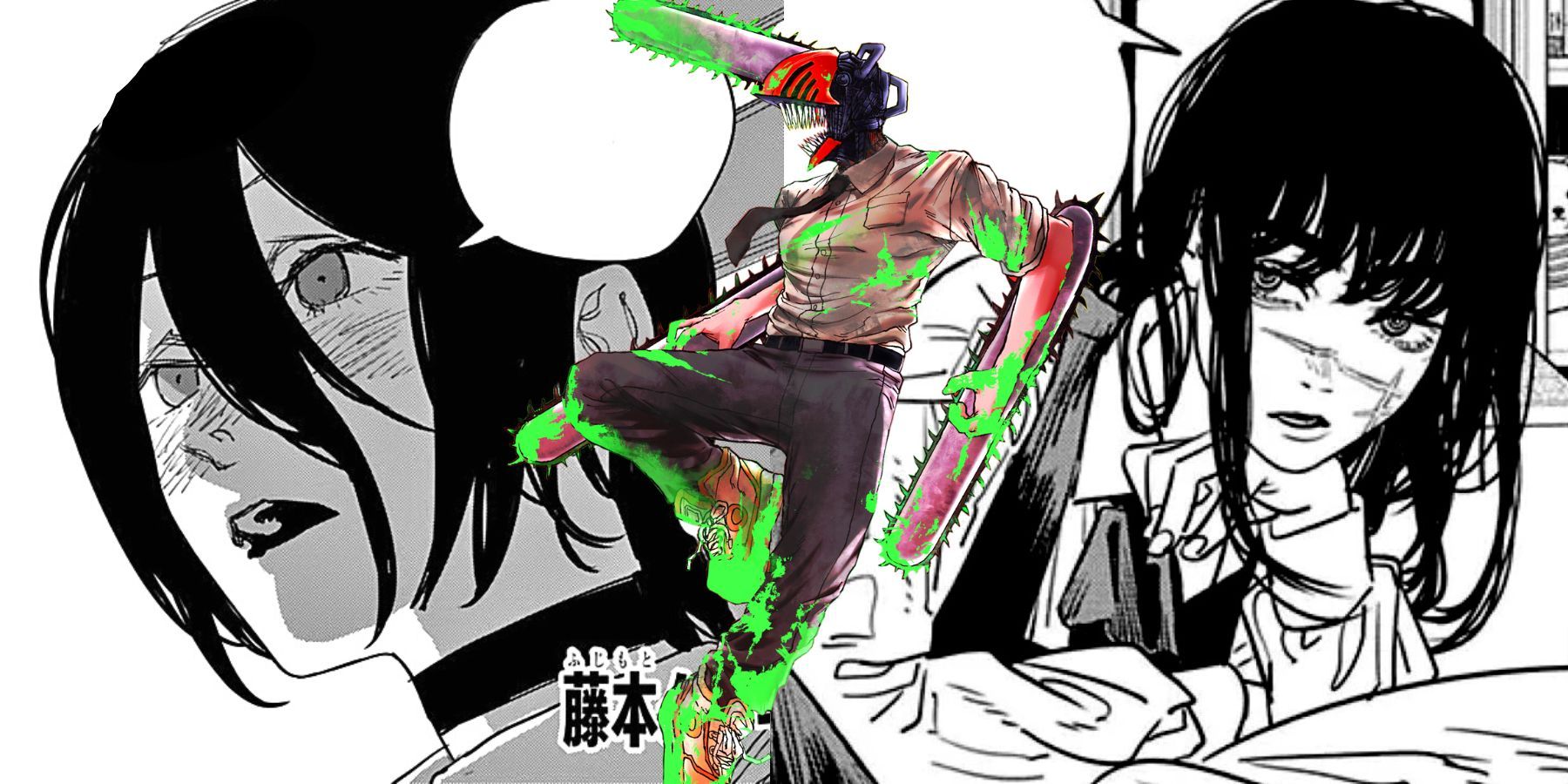Naruto manga cover art? Dude, it’s way more than just pictures! From the early, kinda rough-around-the-edges style to the epic, totally polished masterpieces later on, the covers tell a story all their own. We’re diving deep into the evolution of these iconic images, breaking down the character portrayals, color choices, and how they totally shaped fan reactions.
Get ready to geek out!
We’ll explore how the art style changed throughout the series, analyzing the use of color and composition to create specific moods and highlighting key characters and relationships. We’ll also look at how the covers impacted fan perceptions and interpretations of the story, examining popular and controversial covers and discussing the artistic influences behind them. Think of it as a total deep-dive into the visual history of Naruto.
Naruto Manga Cover Art: A Total Breakdown
Yo, what’s up, fellow Naruto fanatics! Let’s dive deep into the sick evolution of the Naruto manga covers. From the early days to the epic final chapters, the art style totally transformed, reflecting the crazy plot twists and character growth. We’re breaking down the art, the characters, the colors, and the impact it all had on us fans.
Evolution of Naruto Manga Cover Art Styles
The Naruto manga covers are a visual journey, mirroring the series’ progression. Early covers, often featuring a simpler, more cel-shaded style, focused on showcasing the main characters in dynamic poses. As the series matured, the art style evolved, incorporating more detailed backgrounds, intricate shading techniques, and a more mature color palette reflecting the increasing complexity of the story.
Later covers often showcased more emotionally resonant moments or dramatic action scenes, using a more painterly style to convey depth and atmosphere.
Character Representation on Naruto Manga Covers
Naruto, Sasuke, and Sakura’s prominence on the covers shifted throughout the series, reflecting their changing roles and relationships. Initially, Naruto often dominated the covers, highlighting his journey as the underdog. As the series progressed, Sasuke’s presence grew, reflecting his evolving importance to the plot and his complex relationship with Naruto. Sakura’s portrayal also changed, moving from a supporting role to a more independent and powerful character, seen in the later covers.
| Arc | Naruto’s Portrayal | Sasuke’s Portrayal | Sakura’s Portrayal |
|---|---|---|---|
| Land of Waves | Energetic, determined, foreground | Mysterious, brooding, background | Supportive, slightly apprehensive, smaller figure |
| Sasuke Retrieval Arc | Desperate, worried, central figure | Angry, defiant, equal prominence | Concerned, actively participating, prominent |
| Fourth Great Ninja War | Mature, powerful, central, heroic pose | Serious, intense, equal prominence, battle-ready | Confident, capable, significant presence, showing teamwork |
The Role of Color and Composition in Naruto Manga Covers
The color palettes used in the covers perfectly set the mood. Early covers often utilized brighter, more vibrant colors to convey a sense of youthful energy and optimism. As the story became darker, the color palette shifted towards more muted tones, reflecting the increasing gravity of the plot. Composition techniques also changed, moving from simpler, more straightforward layouts to more complex and dynamic arrangements, often using dramatic angles and perspectives to emphasize key moments.
For example, a hypothetical cover depicting the final battle between Naruto and Sasuke could use a split composition, with Naruto and Sasuke on opposite sides of the cover, separated by a swirling vortex of dark and light colors, symbolizing their conflicting ideologies and the intense emotional weight of their confrontation.
Impact of Naruto Manga Covers on Fan Perception and Reception
The covers significantly influenced fan expectations and interpretations. Covers featuring dramatic cliffhangers often generated immense anticipation for the next volume. Conversely, covers showcasing heartwarming moments or character interactions created a sense of camaraderie and emotional connection among the fanbase. For instance, covers depicting Naruto and Sasuke’s rivalry often sparked intense discussions and debates among fans, reflecting the complexity of their relationship.
Obtain direct knowledge about the efficiency of manga in korean through case studies.
- The cover of volume 69, depicting Naruto and Sasuke facing off, is iconic due to its dramatic composition and emotional intensity.
- Covers featuring the “Nine-Tailed Fox” often sparked significant interest and speculation among fans about Naruto’s past and destiny.
The Artistic Influence and Inspirations behind Naruto Manga Covers
The Naruto manga covers show influences from various artistic styles, including Japanese woodblock prints (Ukiyo-e), traditional Japanese art, and contemporary manga aesthetics. The style evolved over time, reflecting the growth of the artists’ skills and the changing trends in manga illustration. A comparison to other popular manga series like Bleach or One Piece reveals both similarities and differences in artistic approaches, with Naruto covers often emphasizing dynamic action and character expressions.
The cover of volume 50, for instance, features a detailed depiction of Naruto in his Sage Mode, showcasing the intricate details of his attire and the intense energy radiating from him. The dynamic pose and the use of light and shadow create a powerful visual impact, perfectly capturing the character’s newfound power and determination.
So, yeah, Naruto manga covers? They’re not just pretty faces. They’re a visual chronicle of the series’ journey, reflecting the emotional shifts, character development, and overall tone of each arc. From the early, simpler designs to the later, more complex and detailed artwork, the covers offer a unique perspective on one of the most beloved manga series of all time.
It’s a total testament to the power of visual storytelling, man.



